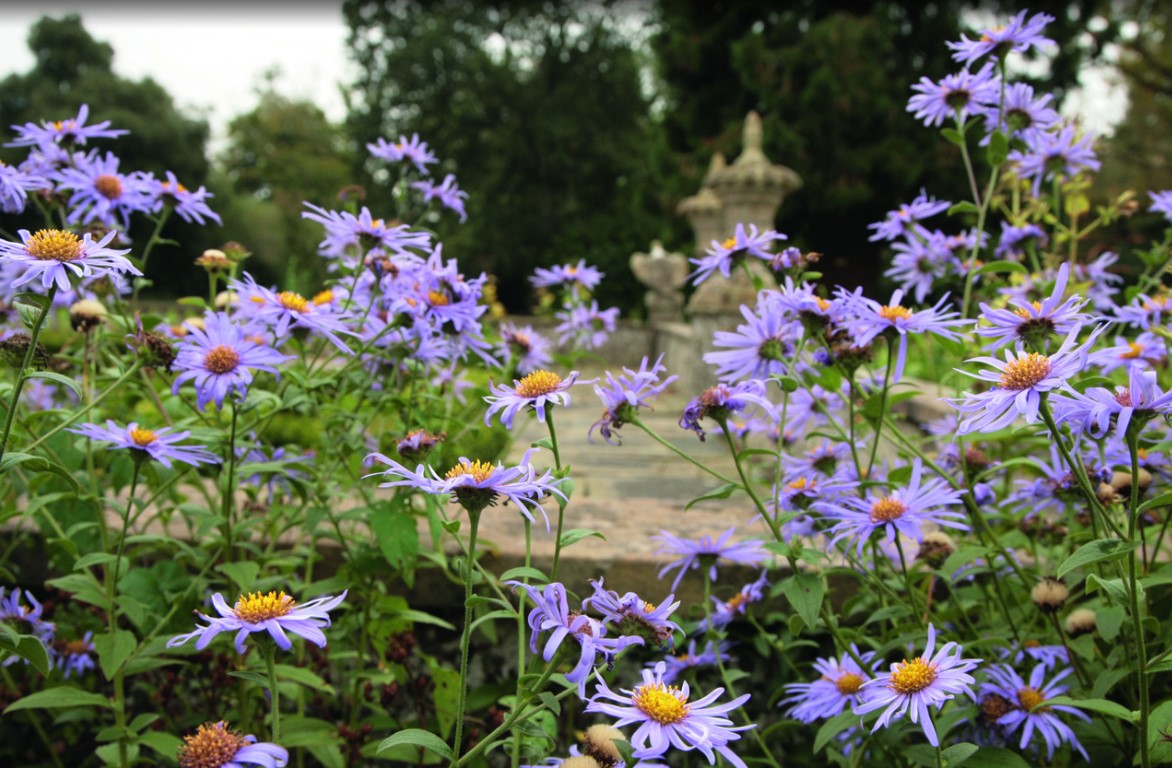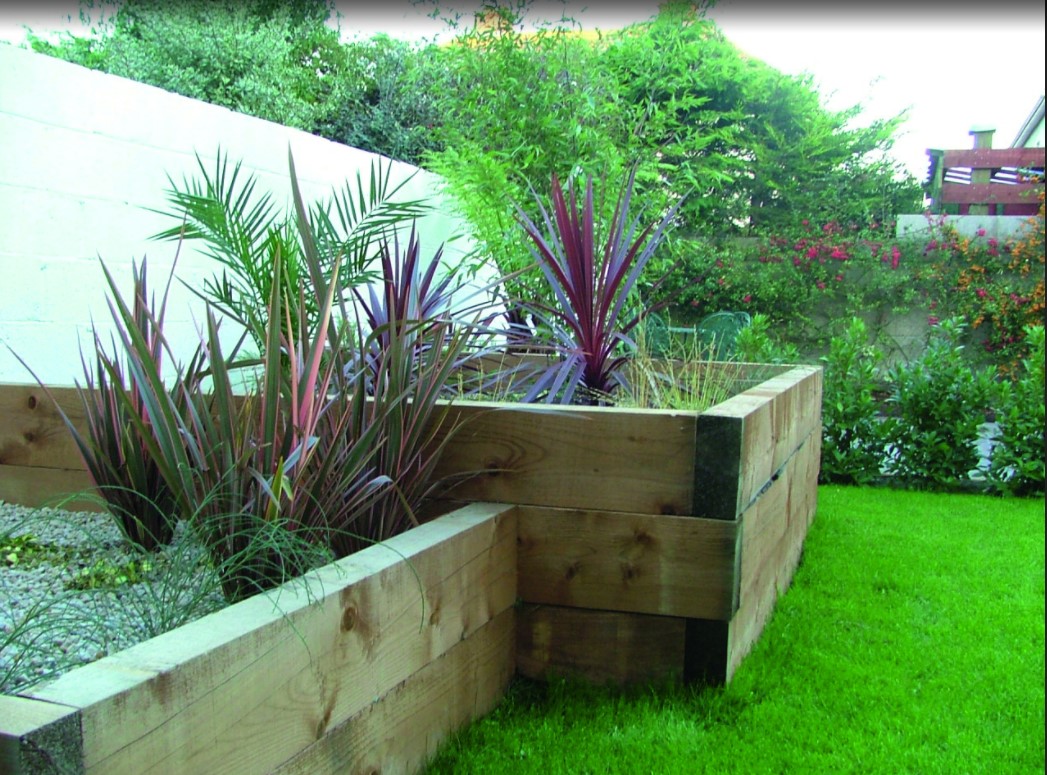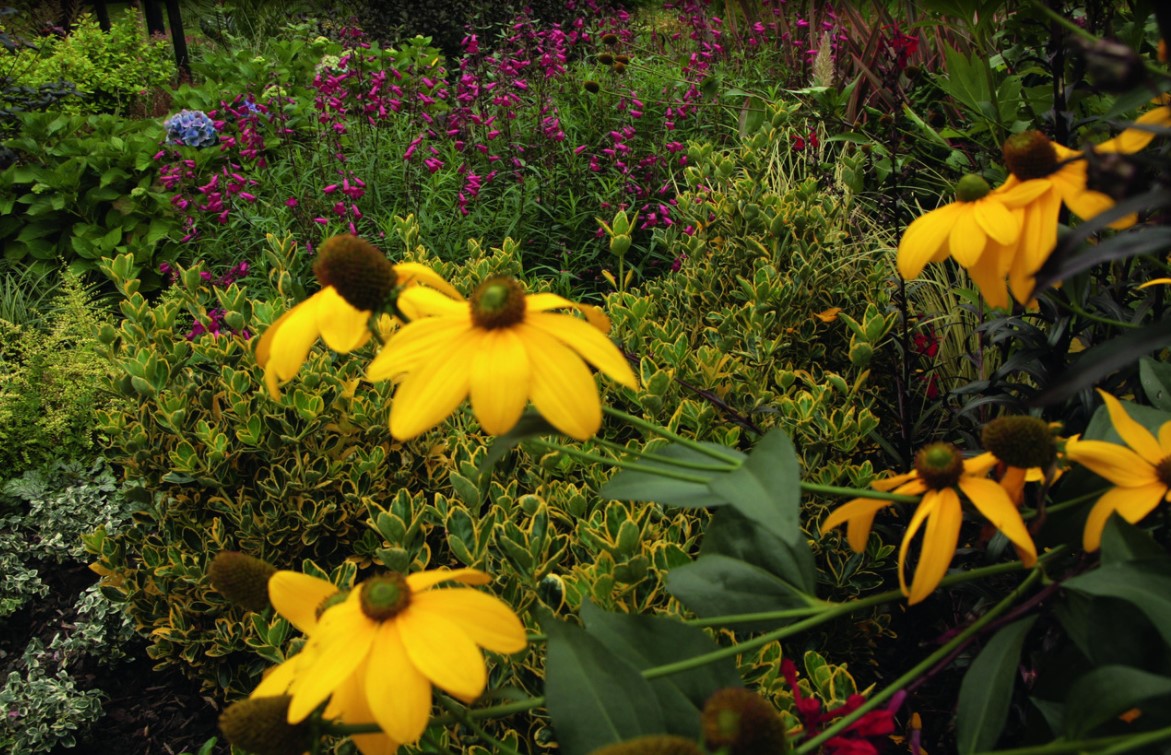Probably one of the most difficult guarantees any horticulturist can give is a definite improbability that any plant is going to live. The reality is that a plant is defined as ‘a living organism that grows in the ground and lacks the power of movement’. This explains so much, and knowing that a living organism must endure not only the delightful elements of our weather, but that a little more hindrance must be catered for by our green friends when we put it in a place it would not prefer to be in the first instance.
I spent some of my spare time looking through an old bookstall recently looking for inspiration from old horticultural books. One gem I did find was “The All Year Garden” by Margery Fish (first published 1958). Whilst thoughts, styles and ideals may have changed in the last fifty years, the truth is plants and their definition have not. The preface of her book says of Mrs Fish that “It is, perhaps, encouraging to know that Mrs Fish has acquired her gardening knowledge by her own practical experience as an amateur, since she went to live in Somerset in 1938.” In her earlier book she was of the opinion that “It is only possible to make a garden with no off-moments by careful selection of flowering plants and the use of foliage and berried plants.” Thus, if you know the type of ground you have, all you need do is match it to your favourite plants.
Is gardening that easy? Fish, an amateur by her own admission, very simply understood plants and understood that for a successful garden, one should prepare and plan very carefully. It is true that soil type (see Summer 2007 where this is discussed in more detail), plays a major factor in successful plant growth, but if this understanding is in place then the soil that you have inherited or somewhat adapted should not pose a problem.
The beauty about horticulture now is that you can read this article and have an understanding of what type of garden you can have, but you don’t have to wait through twenty years of experience to know that you have got it right, eventually. Nowadays there are many qualified horticulturalists to guide you. As their client you just need to decide what style or concept you wish and let them work out the details. You may take over at any time or leave the professional to complete the journey on your behalf.
Most people who possess anything like an acre, or half of it, contribute to the support of a gentleman known as the jobbing gardener. Be warned of the danger that he may prove to be Garden Pest No.1.
C.E Lucas-Phillips, The Small Garden 1952
If all this is virgin territory to you then going it alone is likely to end in failure. An hour’s professional consultation is a very worthwhile investment. A good building architect should charge and similarly so should ‘a good’ horticulturist. Do be careful however, not to tell the consultant/ designer, you are paying, the garden design he or she should draw for you and the names of the plants you like. It is better to describe the general feel or concept you have in mind. Their opinion may not be yours but is most probably based on good reason and experience. Even if you do feel yourself to be ‘green fingered’, it’s always helpful to look at other gardens in the area and see what’s doing well there! With every garden, remember that a proportion of plants and plans falter at the starting line so allow for all eventualities before you begin.
Most of you reading this article will be in the process of either considering or starting to build soon. If so, you should be planning your garden now as well. When machinery is on site movement of soil is done at no extra cost and, more importantly, soil is not removed and then reintroduced again unnecessarily at considerable expense. Here is where your consultant will pay dividends and almost as important, you may save yourself their fee and more.
What goes Where
As previously mentioned, soil and plant types can be categorised very simply into either ericaceous or acid loving, and non-ericaceous/ alkali or normal plants, when considered by soil type only. It is now other factors that must be taken into consideration. For example, the size and shape of your garden, whether in town or country, what surrounds it and the climatic conditions which affect it directly.
Next up is looking at what your family want. Be it lawn or the (improbable) ‘no maintenance’, from shelter to privacy, planting is something that will ease the mind and soften that symmetrical build that so often stands out from the natural landscape rather than blending in. I urge you to choose your outlay carefully, be a little adventurous, and to choose plants that will have a better chance of living.
There is no magic or mystery about gardening – it is just common sense. The ‘green finger’ theory can be discredited, too, for through the ages there have been men with a special aptitude for certain jobs – whether making a violin or milking a cow; but this comes only after close application, and in this gardening is similar to any other job.
R. Janes The Flower Garden 1952
Garden design in Ireland has taken a different move recently. I worked in the trade for ten years before I felt comfortable putting pencil to paper and starting my design practice. Nowadays one can simply go to college, maybe do a garden show and start the business by selling drawings on paper. However, a design on paper does not ensure a well designed garden. A proper, full design service should follow some crucial steps.

The designer should:
Meet with the client and try to understand their personality, their lifestyle and their family way of living through the seasons. How much time they actually want to spend in the garden no matter the size, and whether they wish to spend time maintaining by simply cutting the grass, looking at their picturesque view or becoming heavily involved in a new daily lifestyle.
Designing a garden is a lot more than just drawing a pretty picture. It is a calculated reflection of ones personal lifestyle that the design professional must create. Whether that be an award winning and historical seventeenth century estate, an art-deco style house or a rural farm cottage, creating an inspiring landscape is borne from education, experience and, as important, a little soul.
It would be extremely difficult to describe how to landscape and design every garden within a few paragraphs, but what I can do is provide you with some good guidelines. The primary consideration for most people is the cost of a design service. The service itself is available at many levels and naturally depends on how much you want from your designer, to how much you have to invest in drawings. The cost will be based upon the degree of service you require.
Step 1: choose a garden designer based on reputation like commissioning an art piece and ask for an initial consultation. This part is not a tender process.
I spoke to a colleague friend of mine recently who told me he had done the finest design ever, according to his client. The project? a 10M x 6M garden. The design? all done in grass! The client in question had five children and two dogs. Not adventurous perhaps, but it sure suited their needs. A very different example was a client who worked in the tourism sector. He never had weekends off and always worked during the day. Here it was simply a case that the south facing garden/ sunniest spot rules logic went right off the drawing board. His need was for a garden that looked good early and late in the day.
Step 2: consider your family and lifestyle. Is your need for a play area, barbecue or somewhere to entertain?
One of the most important parts of all is how much of the day do you wish to spend in the garden? Be honest. If a garden doesn’t cost time then it will cost money and time is what people always forget to allow for. The biggest change in garden design recently is a request for bespoke manufactured outdoor buildings and vegetable patches. Fifty per cent of the vegetable patches are removed within the first two years! Usually I try to replace these with some fruit trees under-planted with herbs that will be used quite regularly.
Step 3: the costs of maintaining the design.
Most important of all are the surroundings. Whether it is a rural setting where you have inherited or maybe purchased a farm cottage, or a two bedroom town house in a ‘newer’ village, all of the rules above still apply. Just as a large area of decking is out of place on an historic house, so is a Leyland hedge in a small urban or city garden. There very are golden, nee ethical rules we should all follow.
Space is a big commodity and as my Father would say, they don’t make land in Ireland anymore. It does not however mean that the typical garden of your old family home must be crammed into your new, small suburban garden. As John Brooks said in The Small Garden:
‘Gardens first and foremost are for people, not plants’, and continues, ‘The key to realising the potential of your small space, in both visual and practical terms, is design – this involves planning and styling your space so that it suits your way of life, as well as the character of your home and its surroundings.’








